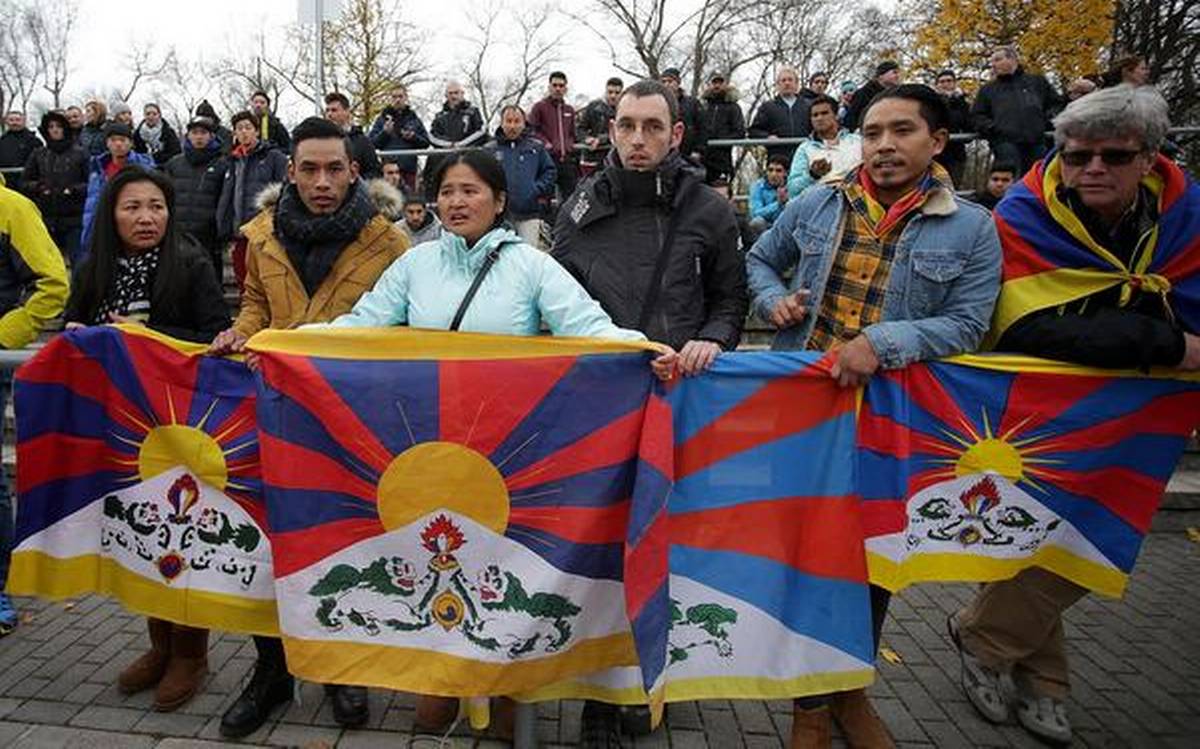Tension on the India and China border escalating again and this time it is fiercer. It is believed that China feels threatened due to the growing stature of India in world politics. China feels that India can challenge its status in the world in general and in Asia in particular. Nonetheless, today when China is feeling threatened because of strengthening of ‘China Threat’ theory amidst the Corona Pandemic and also a see a possible shift of manufacturing hub away from its land, China has resorted to other options to contain the most potential challenger – India.
However, it’s not the first time in history that these neighboring countries have experienced the status of a dominant power in the region. In the era of Mughals and Ming, or better say in the medieval era, both of them are believed to be the world’s richest and most influential countries. Moreover, their civilizations have evolved together for centuries on either side of the Himalayas and share a lot of commonalities. Now, the question is when India and China have peacefully co-existed and rarely indulged in a conflict until the first half of the twentieth century, why can’t they peacefully coexist again? How can be this achieved? And most importantly, how can India’s eastern border be secured?
Answer to all these questions lies in one of the most ignored geopolitical locations in the realm of World Politics – Tibet. Tibet was a sovereign entity between India and China that acted as a bridge for cultural exchange between the two oldest civilizations of human history and resisted all the possible conflict between them till the time Tibet was not annexed by China after an invasion in 1949-50. Before this India didn’t even feel like securing its eastern border with full potential as there was rarely any conflict or any evidence of military deployment and movement on that frontier. However, just after ten years of annexation and 3 years of 1959 Tibet Uprising and disappearance of the neutral buffer – Tibet, both the potential leaders of the third world clashed in the Himalayas in 1962 and since then conflicts between them seems to be a never-ending phenomena.
Nevertheless, if the Tibet issue is brought back into the realm of global politics, if the countries and politician starts taking concern of restoring the Tibet, if the scholars of International Politics at least start debating the status of Tibet, if the global media starts giving it attention at least 20% of what is received by Middle East and North Korea, we can contain the assertive behavior of China led by the Chinese Communist Party. The peaceful and engaging social construct of Tibet and Tibetans will never be a threat to India and will help in maintaining peace in the third-pole of the world. Finally, I just like to express my feelings in words of our former prime minister Atal Bihari Vajpayee, “….. From the point of view of national interest, the fact that Tibet is being annihilated cannot be for good of India in long run”. Never to miss, he said this in 1959.

